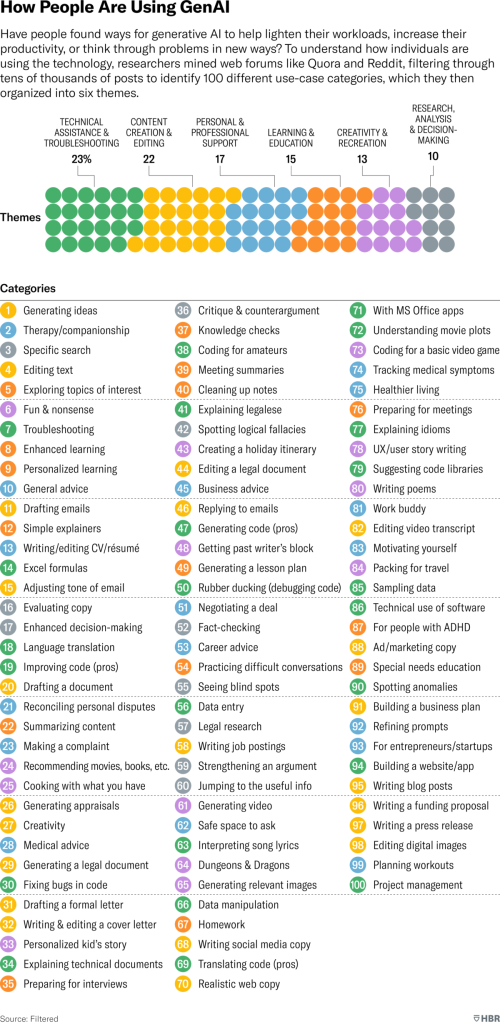It’s been a long couple of weeks, beginning with chilly Dharamshala, and culminating in sunny Goa.
Goa is, on the face of it, about work. I have a two day training to deliver, and coming at the fag end of a holiday, it might have seemed like a chore.
But it is anything but a chore, because the training is about a topic that is very, very close to my heart: I have to spend two days figuring out how to make the teaching of economics more interesting.
You might think it weird to say that the guy who is delivering the training is still “figuring” out how to make teaching economics more interesting. But it is the correct thing to say for at least two reasons. First, I’m yet to meet anybody who has it all figured out when it comes to making economics more interesting. There are always new challenges, new situations and new questions, and being on one’s toes is very much part of what makes programmes such as these so interesting.
Second, I’m working with teachers and professors from Goa, and one major reason to want to do this programme is to learn more about a) higher education in Goa and b) learn some tips and tricks myself about how to do a better job whenever I teach next.
I learnt, for example, that the number of students giving the 12th standard examinations has actually reduced in Goa this past year. I also learnt that the NEP is being implemented in a phased fashion, with it being applied to only first year undergraduate students this year. Both, as far as I’m concerned, are fascinating snippets, and I hope to learn more on the morrow.
But for now, a simple laundry list of all of what we discussed in today’s session:
- A brief discussion of the principles of economics
- Gapminder
- Kiviq.us
- Using LLM’s as a teaching tool
- Using LLM’s for mentoring
- Using LLM’s to design question papers
We’ll be doing more of LLM based training and exercises tomorrow, and that, in a sense, has been my biggest takeaway from the program. I didn’t have a fixed syllabus in mind when I started this program today, because I prefer to customize it on the fly, based upon what the participants would like to know. What I wasn’t expecting was the focus on AI, and the curiousity among the participants to learn more about it.
But if today has been any indication, AI in higher education is very much here to stay. Most of the questions, and almost all of the requests about topics to be covered were almost exclusively about AI, with at least tomorrow morning’s session being almost entirely about better prompt writing. Higher education is changing in front of our eyes, and in ways that are being figured out on the fly.
What a time to be alive.

